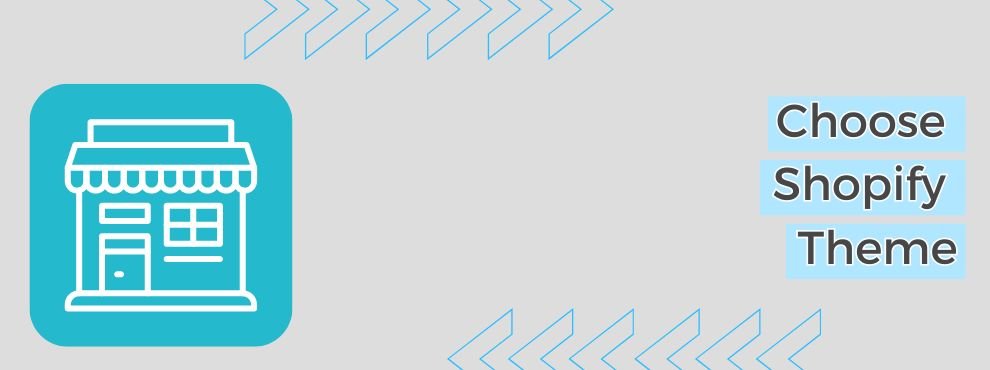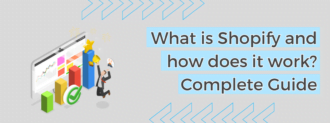Choosing the right theme for your Shopify store is a crucial decision that can significantly influence the user experience and success of your online business.
A good theme should not only be visually appealing, but also functional and optimized for conversions.
Table of contents
Know your target audience
Audience identification
Before choosing a theme, it is essential to understand your target audience. This includes knowing their aesthetic preferences, buying behaviors and expectations.
- Demographics: age, gender, geographic location, etc.
- Psychographics: interests, values, lifestyle.
Visual preferences
Different audiences respond to different visual styles. Make sure the theme you choose resonates with the aesthetic preferences of your potential customers.
- Minimalism: ideal for a young, modern audience.
- Classic: best for audiences that prefer a more traditional approach.
Functionality and features
Adaptability and customization
A good theme should be easy to customize so you can adjust details and adapt it to your brand identity.
- Customization options: colors, typography, layout of elements.
- Flexibility: possibility of adding sections and modifying the design without the need for advanced technical knowledge.
Compatibility with apps and plugins
Make sure the theme is compatible with the essential apps and plugins you plan to use to extend the functionality of your store.
- Key integrations: marketing tools, SEO plugins, analytics applications.
- Updates: check that the theme is updated regularly to ensure continued compatibility with new Shopify apps and features.
Mobile optimization
With an increasing number of users shopping from mobile devices, it is crucial that the theme is fully responsive.
- Responsive design: make sure the theme looks and works well on all screen sizes.
- Mobile testing: perform extensive testing on different mobile devices to ensure an optimal user experience.
Speed and performance
Loading time
The loading speed of your store directly affects user experience and conversion rates. A well-coded theme should load quickly.
- Speed testing: use tools such as Google PageSpeed Insights to evaluate theme performance.
- Image optimization: make sure the theme handles images well to avoid long load times.
Cross-browser performance
Your store should offer a consistent experience across all popular browsers.
- Browser compatibility: test the theme in browsers such as Chrome, Firefox, Safari and Edge to ensure it works properly.
Support and updates
Technical support
Good technical support is essential to resolve issues quickly and minimize downtime.
- Availability: check if the theme developer offers support via chat, email or forums.
- Support reputation: read reviews from other users to evaluate the quality of support.
Regular updates
Regular updates ensure that the theme remains compatible with the latest version of Shopify and includes security enhancements and new features.
- Update history: review the theme’s update history to see how often and what kind of improvements have been implemented.
Cost evaluation
Free vs. paid themes
Shopify offers a variety of free and paid themes. The choice will depend on your budget and specific needs.
- Free themes: suitable for small stores with basic needs.
- Paid themes: offer more features, customization options and priority support.
Value for money
Consider the value you will get from the theme in relation to its cost. A more expensive theme can be justified if it offers advanced features that significantly improve user experience and conversion rates.
Testing and evaluation
Demo and usability testing
Most Shopify themes offer live demos. Take advantage of these demos to see how the theme looks and feels in a real environment.
- User experience: evaluate the ease of navigation and layout of elements.
- Features in action: test specific features such as shopping cart, search and product filters.
Feedback and reviews
Reviews and testimonials from other users can provide valuable information about the theme’s performance.
- Reviews on Shopify: read reviews in the Shopify theme store.
- Forums and communities: participate in Shopify forums and communities to get feedback and recommendations.
SEO-friendly
SEO-friendly structure
A good theme should be search engine optimized to help you improve your online visibility.
- Tags and meta descriptions: make sure the theme allows you to easily add and edit tags and meta descriptions.
- Friendly URLs: check that the theme generates SEO-friendly URLs.
SEO tools
Integration with SEO tools can make it easier to optimize your store.
- SEO plugins: check if the theme is compatible with SEO plugins that facilitate content and structure optimization.
Conclusion
Choosing the perfect theme for your Shopify store is a decision that requires careful consideration of several factors.
By knowing your target audience, making sure the theme is functional and compatible with the apps you plan to use, and verifying that it is optimized for performance, support, and SEO, you can ensure that your store is not only visually appealing, but also effective and successful.
Spend time researching, testing and evaluating before making a final decision, and you’ll be on the right track to creating a successful and profitable online store.
Related Posts








Deja un comentario